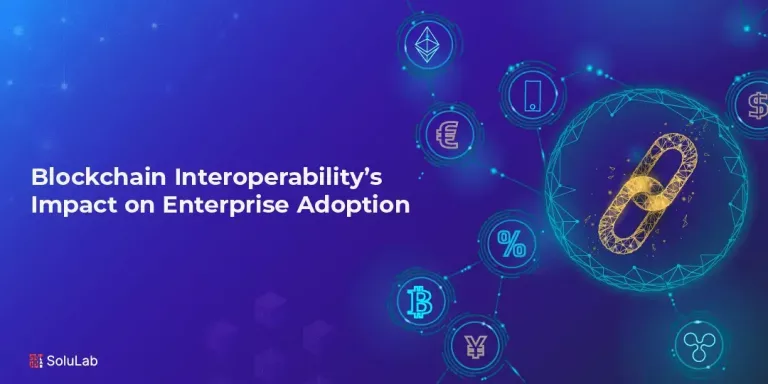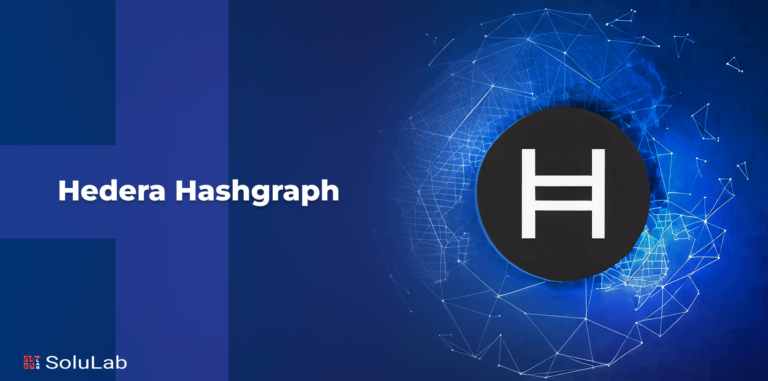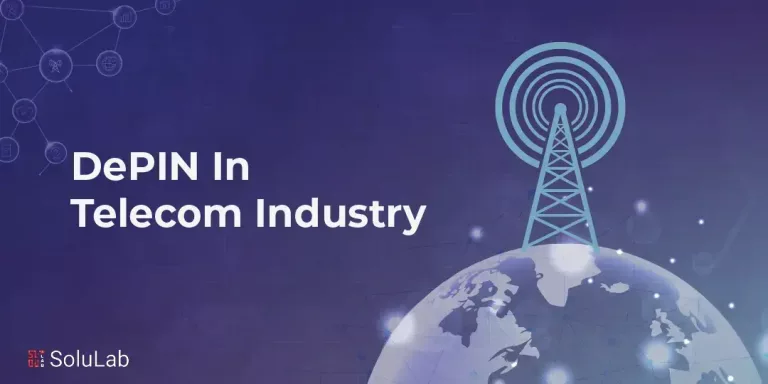Future metaverse developments are anticipated with a lot of excitement! Individuals, businesses, brands, and communities all still have work to do before this can become a reality. You must consider several critical factors for a metaverse to thrive and provide benefits and opportunities to a diverse range of users.
There are various terms used to describe digital content, including digital twins. Digitization of past elements is also essential if the metaverse captures our culture’s current and future production and the dynamic nature of contemporary and future civilizations. With affordable, sustainable hardware, content, products, and services can be delivered on-demand, anywhere, and at any time.
A portability and interoperability approach
Avatars, 3D models, mixed reality, and spatial environments are asset classes evolving rapidly due to market innovation. Content packages are created by merging asset classes and metadata. The metaverse comprises various platforms that can be either proprietary or platform-specific.
Even though these proprietary and platform-specific approaches have the potential to scale innovation quickly, the metaverse will require high levels of portability and interoperability.
Publishing and distributing transparent documentation, maintaining unique identifiers traveling from one platform to another, directly transferring assets from one platform to another without further entanglement, and facilitating group sharing and sharing are essential aspects of portability.
One can share data and assets across platforms and networks through interoperability. Although multiple standards exist, none of them caters to all new media types today in a comprehensive manner, let alone preparing for tomorrow’s assets and data types. There is also no accounting for the vast amounts of unstructured data in the existing standards. A minimally viable and straightforward process is not used for digitizing assets of all types.
There is no typical data model for the metaverse and the existing setting. Still, suppose others in an extended open ecosystem embrace an upgraded standard data model like Microsoft’s. In that case, it could be a precursor to a more comprehensive approach to metadata and data.
More devoted partnerships across the business, government, and nonprofit players, like earlier with the Open Data Initiative, should be promoted swiftly, producing open standards. The metaverse should be accessible to as considerable people as feasible and operate smoothly across platforms and partners.
Migrating, Emulating, and Representing
As technology evolves, data & assets must be maintained across their lifespan, from original software & hardware environments to evolving ones. It will enable a thriving metaverse to exist in the future with the riches of the digitized present. Virtualization, mobility, and re-presentation will contribute to a rich history and contemporary production metaverse.
Emulating
An emulator attempts to reproduce the original content’s presentation & experience within the context of its source while also undergoing background modifications.
Migrating
places data and assets in surroundings and contexts, often with considerable shifts in the experience or conditions, results significantly different from the source.
Representing
Throughout the metaverse, assets and data evolve and are presented in newer formats, media, and platforms. When considering what happens in a computational environment and what tasks and interactions users engage in, it is vital to evaluate data and assets and the metaverse itself in performance.
Copyright in a Fast-Changing World
Copyright could significantly impede the metaverse’s growth and reasonable use. The basic rule for copyright protection for pieces formed after January 1, 1978, in the US is that it lasts for the author’s life plus another seventy years. Indeed, the US Congress’s 1790 copyright legislation persistently protected works for fourteen years.
Whereas specific intellectual property (IP) may have long-term value for its authors, the pace of production and copyright structure does not always function in the metaverse, given the tremendous amount of information made with freely available and flexible digital tools. Many experts in the metaverseare customers who customize things to meet their demands. These customers are referred to as prosumers. Prosumers’ talents and dispositions to remix and remake digital assets and data scale awareness, brand strength, and market expansion in a digital culture.
Metaverse content necessitates significantly shorter copyright periods that progress at innovation’s speed generated by digital-first content production, with lifespans varying from minutes to less than two years. Clear, unambiguous, and worldwide rights to use and reuse material that encourages innovation while sustaining artists and rewarding new content creation are critical, especially as human and machine manufacturers construct the metaverse.
Metaverse's International Commons
In addition, the metaverse may require a recent global commons based on a globally operating framework, such as Creative Commons legal instruments, which are readable to both humans and machines. A collection of common resources that everyone can benefit from and can contribute is critical in the metaverse’s connection with markets as a source of innovation. Individual creators, companies, and communities will all be required to support the metaverse’s commons through unified policy and financially committed support. A gathering space for people to cooperate, operate, and share is common.
At the same time, the metaverse’s global commons ought to be a potential platform that allows for respective presentation, essence, and extendable chances for self-actualization. A viable metaverse’s international commons will require conversation, judgment, humanitarianism, and faith to be effective. The metaverse will have Open Access. The Creative Commons Zero Public Domain Dedication and the Creative Commons Attribution license are the legal instruments excellently positioned to enable open Access in the global metaverse at this time because they allow commercial reuse, sharing, remixing, and new content creation.
Standards are required
Whether it’s the metaverse or spatial web, the enterprise will require standards. IEEE and the Spatial Web Foundation have announced partnerships and support for complete standards to ethically allow the 21st Century “cyber-physical” web. The spatial web is the subsequent phase of the Internet. It is a significant step forward and will unleash the metaverse and Smart Cities. A hyper-connected, context-specific network of people, AI, and robots will enable the creation of digital twins and other forms of digitalization.
The set of metaverse standards developed by this collaboration was created by engineers and privacy activists, technology practitioners, and cybersecurity experts. The spatial web Foundation standards that govern context-aware collaborative computing that provides data provenance, lineage, and interoperability across linked devices include Hyperspatial Domains, Hyperspatial Transaction Protocol (HSTP), and HyperspatialModeling Language (HSML).
The XR Safety Initiative (XRSI) has correspondingly created a set of classic depictions for the XR domain, an inclusive word for immersive technologies, including VR & AR, and a new set of diversity, inclusiveness, values, and security standards. XRSI recently released a structure for solitude and security in XR and is now working on version 1.1, which will broaden the range to include the metaverse. Also, the organization is consulting several US lawmakers and senators on security, privacy, and trust for susceptible sectors such as Immersive Healthcare and collaborating with the British National Health Service and Australian eSafety Commissioner.
Creating an accessible and inclusive environment
To serve a broad range of users, assets, data, and platforms should be accessible in the metaverse. Diversity in the design process benefits individuals with disabilities as well. About accessibility, the metaverse shouldn’t repeat past mistakes. For the metaverse to be accessible, one must put basic infrastructure, applications, and policies in place. The ability to access the metaverse is a prerequisite for its development. Users with different perspectives and needs must be brought together and worked with to benefit the metaverse. A metaverse that is accessible and inclusive will be influenced by individuals, organizations, and communities with deep expertise and lived experience. Global cooperation and shared resources are crucial for success.
Sustainable Development
To maintain the financial and ecological stability of the metaverse, it should match excitement with action. It is imperative that the particulars utilized to construct interactions within the metaverse are reusable or reintegrated into nature. Reconfiguring and repairing devices will be required to allow more individuals globally to partake in the metaverse. Climate, public health, and safety issues will affect their regions’ resources and manufacturing capacities.
To improve and update our networked suite of gadgets in the metaverse, we’ll need to learn both soft and hard technological abilities. Whereas, to allow many people to join the stream with their tools, hardware and software will need to endure as long as feasible. One should build the metaverse with a genuine effort to handle climate change, pollution, waste, and after-effects from the start. All persons participating in creating the physical world and the metaverse must practice responsible stewardship.
Changes with Metaverse
When we step into our Smart cities and the metaverse, people can take a stroll into a technological era improved from what we’ve grasped earlier. The metaverse offers new economic opportunities, ecologies, and the opportunity to emphasize morality & confidentiality. It isn’t going to be simple. Enterprises and administrations must reconsider their worldviews (mundanely and practically). While the aim is that by working together, being transparent, open, and accessible, we can build a vibrant metaverse that will last and be accessible to everyone.
While the concept of connecting with others in a virtual online environment has been around for a long time, an entire metaverse with lifelike interactions is still years away. As per Bill Gates (Microsoft co-founder) in his annual year review blog post, several people lack the VR goggles and motion capture gloves to efficiently record their body language, emotion, and voice quality. Nevertheless, Gates believes that many virtual meetings will shift from 2D square boxes to the metaverse — a 3D space in which participants appear as digital avatars — within the next 2-3 years.
Conclusion
The pace of innovation is accelerating to transform the digital economy, improve interoperability for digital environments, create digital identities that consumers and organizations can wholly own, establish new governance rules, and create more immersive and persistent digital experiences. These tendencies exist now, regardless of how the metaverse progresses. Starting earlier might assist ensure that your business does not fall behind.




